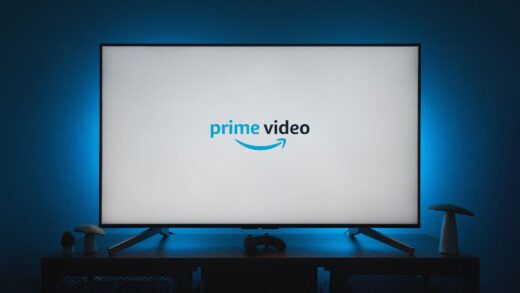YouTube SEO (Search Engine Optimisation) is essential for increasing the visibility of your videos on YouTube’s platform and attracting a larger audience. It is the process of optimising your YouTube videos to rank them high in searches.
YouTube SEO Optimisation Strategies | QNET |
Optimising your YouTube videos involves several key steps and strategies:
Keyword Research:
- It is the process of researching common search words and terms that people type into search engines like Google. And then deliberately include those terms and words in your content so that it ranks higher on a search engine results page (SERP).
- In addition to that, start by researching relevant keywords related to your video content. Use tools like Google Keyword Planner, YouTube’s search bar suggestions, and third-party tools like Ahrefs or SEMrush.
Video Title:
- Create a compelling and descriptive video title that includes your target keyword. Keep it under 70 characters to ensure it’s fully displayed in search results.
- Furthermore, based on extensive analysis of effective video titles, the Title Generator application can generate optimum YouTube titles for your videos.
Video Description:
- Write a detailed video description (at least 250 words) that includes relevant keywords and provides context for your video. Include links to your website and social media profiles.
- Descriptions help the YouTube algorithm and your viewers know about the video’s content. Think about the description of your video to be divided into two parts: what visitors see before clicking “Show more” on desktop or “more” on mobile and what they see after.

Tags:
- Tags are keywords, words or terms assigned to an information. This helps to describe the item and enables the metadata to search it again by browsing.
- In addition, add relevant tags to your video. And also, use a mix of broad and specific tags related to your content. Include your primary keyword and variations.
Thumbnail Optimisation:
- Thumbnails are used to showcase the information about your content. Optimising thumbnails consists of choosing the most compelling, attention-grabbing and eye-catching image that precisely reflects its content.
- Furthermore, design an eye-catching and relevant thumbnail that accurately represents your video content. High-quality thumbnails can improve click-through rates.
Additional YouTube SEO Optimisation Tips and Strategies | QNET |
Here are some additional tips for YouTube SEO Optimisation:
Video Transcript and Closed Captions:
- Upload a transcript or enable closed captions for your video. This improves accessibility and helps YouTube understand the content, which can positively impact SEO.
Engagement Metrics:
- Encourage likes, comments, and shares on your videos. High engagement signals to YouTube that your content is valuable and can improve your ranking.
Watch Time and Retention:
Create engaging and informative videos that keep viewers watching for as long as possible. High watch time and viewer retention are crucial ranking factors.
Video Length:
- Longer videos (10 minutes or more) tend to perform better in SEO, as they can generate more watch time. However, prioritise quality over length.
Playlist Optimisation:
- Organise your videos into playlists with descriptive titles and descriptions. This can encourage viewers to watch more of your content.

Promote Your Video:
- Share your video on social media, embed it on your website or blog, and promote it through email newsletters to increase views and engagement.
Consistency:
- Publish content consistently to build an audience and improve your channel’s overall SEO.
YouTube Analytics:
- Regularly review YouTube Analytics to gain insights into your video performance, audience demographics, and viewer behaviour. Adjust your strategy accordingly.
Engage with Your Audience:
- Respond to comments and engage with your audience to build a community around your channel. And also, your content should keep your audience hooked up.
Collaborations and Cross-Promotion:
- Collaborate with other YouTubers in your niche and cross-promote each other’s content to reach a wider audience.
Conclusion
In conclusion, remember that YouTube SEO is an ongoing process that may take time to see significant results. And also, consistency, quality content, and audience engagement are key to long-term success on the platform. Lastly, stay updated with YouTube’s algorithm changes and best practices for the most effective optimisation strategies.













